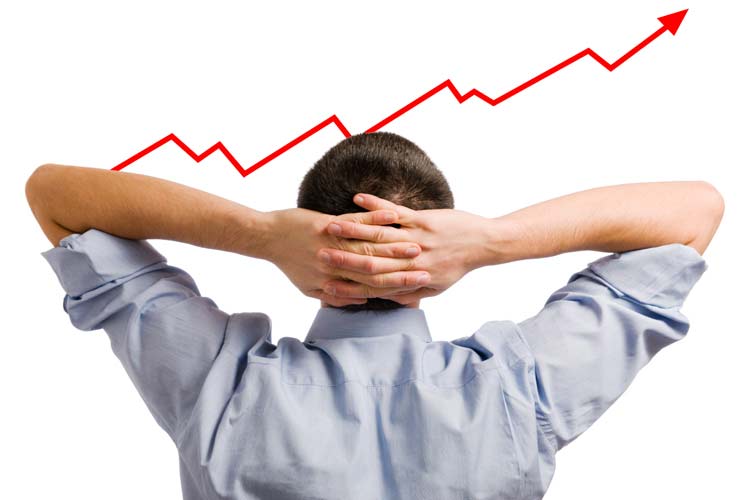
Why bigger may be better when it comes to owning stocks
This week, I'm doing a simple study -- but one that's pretty interesting. How do stocks perform based on their price level? Theoretically, it shouldn't matter. Whether you buy 100 shares of a $50 stock or 10 shares of a $500 stock, then, everything else being equal, you would expect the same amount of profit from either purchase. Is that what the data shows?
Returns by Stock Price: For the study, I went back to 2011 and found quarterly returns based on the price of the stock. The equity's price was taken at the beginning of the quarter, and it's not adjusted for splits, so the stock price in the study is what a trader actually paid. The left column shows the stock price range followed by summarized return data.
The first thing that stands out is the 36% average return for very low-dollar stocks.
Do not believe that, because there is a major flaw in this figure. Unfortunately, the database I'm using only has data for actively trading stocks. The analysis exhibits what is known as survivorship bias. That means it is only showing data for stocks that have survived. In the table below, what's not being factored into those returns are companies that went bankrupt -- and whose stocks were likely trading near zero just before this happened, and could've cost you your entire investment. In other words, do not buy low-dollar stocks based on this analysis.
Another interesting observation is when looking at average returns -- those on low-dollar stocks look to be better than high-dollar stocks (until you get to the highest-dollar securities, where the average return spikes), but the percent of positive returns is the opposite. The low-dollar stocks have the lowest percent positive, while high-dollar stocks have the highest percent positive. This is most likely due to the fact that low-dollar equities are more likely to have low market caps. They're smaller companies with more risk. The shares of those companies may outperform on average, but to get the outperformance, you must take on more risk.
Looking at the table below, it looks to me that the best stocks to have owned were the extremely high-dollar stocks. Stocks that began the quarter above $300 per share gained an average of 2.61%, with over 60% of them positive.

This next table is just like the one above, except it only shows data through the first three quarters of this year (the third-quarter returns are based on stock prices as of last Friday). Again, those low-dollar stocks have an average return that seems too good to be true, and that's because it is. I would disregard that group of securities.
Stocks have struggled in 2015, as you can see with most of the brackets showing significant negative returns. The one group of equities showing a positive average return is the high-dollar stocks that showed outperformance since 2011.

Current Stocks Above $300: Finally, here is a table showing the more liquid $300-and-above stocks. As indicated in the analysis above, these stocks have done pretty well in the past. In the last six months, the S&P 500 Index (SPX) is down about 6.5%, while five of the seven stocks on the list are positive. Over the past year, the S&P 500 is down just over 2%, and only one of these equities has underperformed.
